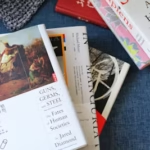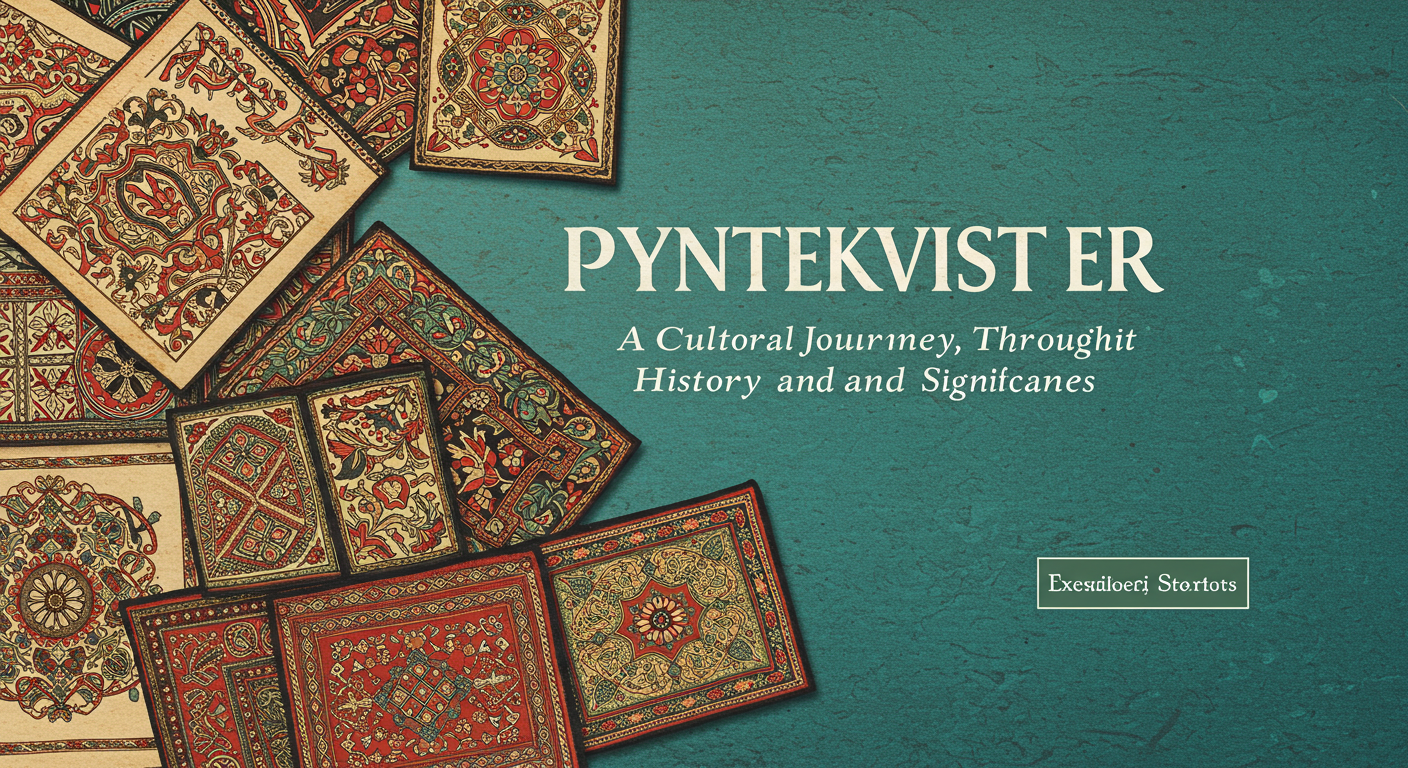Introduction to Pyntekvister
Pyntekvister—this vibrant term might not be familiar to everyone, but it holds a treasure trove of cultural significance and history. Originating from a rich tradition, Pyntekvister represents more than just an eye-catching decor item; it’s a symbol of community, heritage, and celebration. As we unravel the layers behind this captivating art form, you’ll discover its roots in ancient customs and the modern interpretations that keep it alive today. Join us on this enlightening journey through time as we explore what makes Pyntekvister so special in our world!
The Origins and History of Pyntekvister
Pyntekvister traces its roots back to ancient traditions in the Nordic regions. These intricate decorations originated from a blend of cultural influences, including Scandinavian folk art and natural motifs.
Historically, Pyntekvister were crafted during the winter months as a way to bring joy and warmth into homes. Families would gather around tables, using their creativity to transform simple materials into stunning pieces of art.
As generations passed, these decorations evolved. They became symbols of celebration, often used during holidays like Christmas and Midsummer. The designs showcased local flora and fauna, reflecting the beauty of nature surrounding each community.
The craftsmanship behind Pyntekvister is noteworthy too. Artisans employed various techniques passed down through families. This rich history adds depth to every piece created today, connecting modern makers with their ancestors’ artistry.
Different Types of Pyntekvister and Their Significance
Pyntekvister come in various forms, each showcasing unique designs and cultural meanings. Traditional styles often feature intricate woodwork or vibrant textiles, symbolizing the artistry of their makers.
One popular type is the woven Pyntekvister, celebrated for its colorful patterns that tell stories from local folklore. These pieces serve as a bridge between generations, preserving tales and values through their designs.
Another notable variety includes those adorned with natural elements like dried flowers or herbs. This not only enhances aesthetic appeal but also connects to ancient beliefs about nature’s power in enhancing well-being.
In contemporary settings, minimalist Pyntekvister have emerged, focusing on sleek lines and subtle colors. They cater to modern tastes while retaining a connection to heritage.
Each type carries significance beyond mere decoration; they embody identity and community spirit across different cultures.
Cultural Traditions and Celebrations Involving Pyntekvister
Pyntekvister play a central role in various cultural traditions and celebrations. These vibrant decorations often adorn homes during significant festivals, symbolizing joy and togetherness.
In many communities, families gather to create Pyntekvister as part of their holiday preparations. The process is filled with laughter, stories, and the sharing of recipes for traditional dishes served during the festivities.
During springtime celebrations, Pyntekvister take center stage in public parades. Colorful displays showcase intricate designs that reflect local heritage while inviting visitors to appreciate their beauty.
Special gatherings also highlight these decorations through competitions. Artisans showcase their skills by crafting unique Pyntekvister that embody both creativity and cultural significance.
Children eagerly participate too, learning about this age-old tradition from elders. Through hands-on experiences, they gain an appreciation for craftsmanship tied to their identity.
Modern Day Uses and Adaptions of Pyntekvister
In today’s world, pyntekvister have evolved beyond their traditional roots. They are now embraced as versatile decorative elements in various settings. Homes often showcase them during festive seasons, adding a touch of cultural heritage to modern aesthetics.
Creativity flourishes with pyntekvister adaptations. Artisans blend contemporary design with classic motifs, resulting in unique pieces that appeal to wider audiences. This fusion offers fresh interpretations while honoring age-old craftsmanship.
Pyntekvister also find their place in public art and installations. These vibrant creations attract attention at festivals and community events, sparking conversations about cultural identity.
Moreover, social media plays a significant role in popularizing pyntekvister. Influencers share innovative ways to incorporate them into daily life, inspiring others to appreciate their beauty and significance more deeply than ever before.
Preservation and Revival of Pyntekvister in Contemporary Society
In contemporary society, the revival of Pyntekvister is an inspiring movement. Craftspeople and artists are dedicated to preserving this rich cultural heritage. They emphasize traditional techniques while also infusing modern creativity into their work.
Workshops and community events celebrate the art of creating Pyntekvister. These gatherings provide a space for sharing skills and stories, fostering connections among generations. Participants often leave with not just knowledge but a renewed sense of pride in their cultural roots.
Digital platforms play a significant role too. Social media showcases vibrant designs, reaching audiences far beyond local communities. This visibility sparks interest from younger generations who want to keep traditions alive.
Collaborations between artisans and designers further breathe new life into Pyntekvister’s significance today. By blending old methods with innovative ideas, they ensure these stunning decorations will continue to be cherished in homes across the globe.
Conclusion: Why Pyntekvister is More Than Just a Decoration
Pyntekvister holds a unique place in cultural history, transcending mere decoration. These intricate creations tell stories of heritage and tradition, connecting generations through artistry and craftsmanship. Each Pyntekvister is not just visually appealing; it embodies the spirit of community celebrations and shared moments.
The significance of Pyntekvister extends beyond their aesthetic value. They symbolize resilience and continuity within cultures facing modern challenges. As communities work to preserve these traditions, they foster a sense of identity that resonates with both young and old alike.
Moreover, the evolution of Pyntekvister reflects contemporary society’s embrace of diversity while honoring the past. Through modern adaptations, new artists breathe fresh life into this age-old practice, ensuring its relevance for future generations.
Pyntekvister serves as a reminder that art can bridge gaps between varying cultures while celebrating our shared humanity. It invites everyone to appreciate not only its beauty but also the rich narratives woven into every piece—a true testament to cultural legacy that continues to flourish today.











